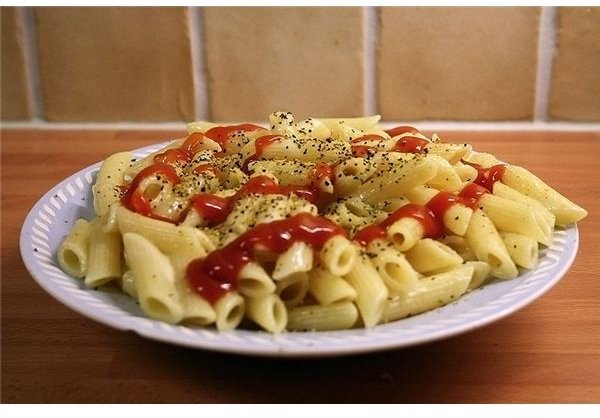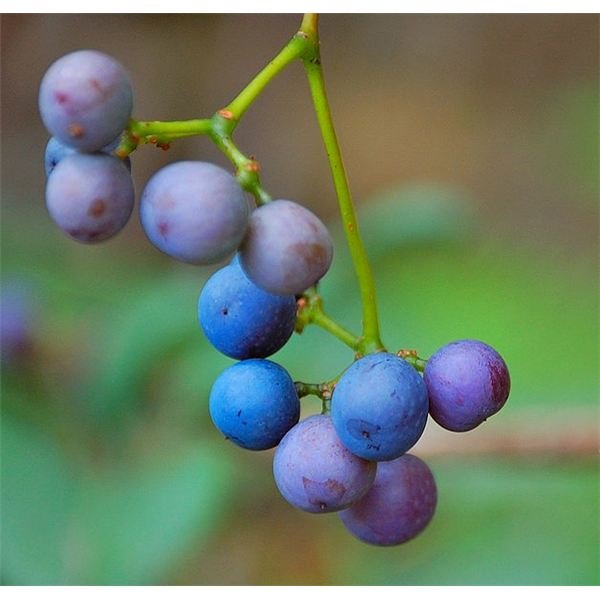List of Foods that are Low in Potassium Part 1 of 2
The human body needs potassium for:
- proper functioning of the heart
- normal muscle growth, and smooth muscle contraction in normal digestive and muscular function
- bone health (some studies show a positive link between potassium and bone health)
- balancing the pH of the body
- maintaining normal water balance in the body
- healthy nervous system and brain function
In normal conditions, the human body regulates the potassium levels in the body to maintain a balance and processes excessive potassium through the kidneys, flushing it out as urine.
Hypokalemia occurs when diarrhea, vomiting, excessive sweating, or inflammatory bowel disease (IBD) cause excessive loss of potassium from the body, or when the body has trouble absorbing potassium from the intestine. The symptoms of hypokalemia include weakness, lack of energy, muscle cramps, stomach disturbances, irregular heartbeat, and an abnormal electrocardiogram. This may cause high blood pressure, and increase the risk of strokes.
Need for a Low Potassium Diet
At times, the intake of potassium exceeds the kidney’s ability to remove the excess potassium. This causes hyperkalemia, or having too much potassium in the blood, manifesting with symptoms such as tingling in the hands and feet, muscular weakness, and if the condition becomes acute paralysis. Hyperkalemia creates complications such as muscle weakness and irregular heart beat. Acute causes of hyperkalemia leads to development of a cardiac arrhythmia that causes cardiac arrest.
Maintaining the right potassium balance in the body depends on the amount of sodium and magnesium in the blood, and adopting a low-potassium diet. On an average, the normal human being requires a daily intake of 4,000 milligrams (4 grams) of potassium. Most low potassium diets recommend an intake of 2,000 to 3,000 milligrams (2-3 grams) of potassium per day, and recommend low potassium foods.
Foods Rich in Potassium
All meats, some types of fish such as salmon, cod, and flounder, and many fruits, vegetables, nuts, and legumes are rich in potassium, as are diary products. People adopting a low potassium diet need to limit their fruits and vegetable intake to four servings of ½ cup each a day, and limit consumption of milk, buttermilk, yogurt and ice cream to ½ cup a day. They also need to avoid salt substitutes high in potassium, and use only those herbs and spices that do not contain potassium.
Some cooking tips to reduce potassium content of foods include:
- cooking frozen fruits and vegetables in water
- rinsing and draining well before serving
- peeling fruits and vegetables and soaking them overnight in water
List of Low Potassium Fruits
Foods that are low in potassium in the fruit group include apples, apricot, blackberry, blueberry, lemon, grapes, papaya, peach, pear, pineapple, plums, raspberry, strawberry, tangerine, and watermelon.
- An apple weighing 138 grams has 148 mg of potassium. A cup of apple juice weighing 248 grams and a cup of applesauce weighing 255 grams both have 250 mg.
- A cup of apricot nectar weighing 251 grams contains 298 mg.
- A cup of blackberries weighing 144 grams contains 233 mg.
- A cup of blueberries weighing 145 grams contains 112 mg.
- A cup of standard fruit cocktail weighing 248 grams contains 218 mg.
- A cup of grape juice diluted with water contains just 53 mg of potassium. 10 grapes weighing 50 grams contain 96 mg.
- A cup of cranberry juice contains 35 mg.
- 140 grams of papaya nectar contain 255 mg.
- 98 grams of canned peaches contain 90 mg.
- A lemon weighing 58 grams has 80 mg of potassium, and lemon juice extracted from one lemon contains 48 mg.
- A pear weighing 166 grams has 198 mg.
- A pineapple weighing 155 grams has 169 mg.
- A plum weighing 66 grams has 104 mg.
- A cup of raw raspberries weighing 123 grams contains 186 mg.
- A strawberry weighing 18 grams has 28 mg.
- A tangerine weighing 84 grams has 139 mg.
- A cup of watermelon weighing 152 grams contains 170 mg of potassium.
Image Credit: flickr.com/Misty
List of Vegetables Low in Potassium

The list of foods low in potassium from the vegetable group include alfalfa sprouts, bamboo shoots, bean snaps, beets, cabbage, carrots, cauliflower, corn, cucumber, endive, eggplant, lettuce, mushroom, onions, and radish.
A cup of alfalfa sprouts (33 grams) contains 26 mg, a cup of canned bamboo shoots (131 grams) contains 105 mg, and a cup of bean snaps (135 grams) contains 150 mg of potassium.
The quantity of potassium in a cup of cabbage (70 grams) is 119 mg, in a cup of cucumber (104 grams) 153 mg, in a cup of endive (50 grams) 157 mg, in a cup of lettuce (56 grams) 109 mg, in a cup of mushroom (70 grams) 223 mg, and in a cup of eggplant (99 grams) 122 mg.
A beet weighing 24 grams contains 36 mg, a carrot weighing 72 grams contains 230 mg, and a radish weighing 4.5 grams contains 10 mg of potassium.
A floweret of cauliflower (13 grams) contains 39 mg, and an ear of corn (77 grams) contains 194 mg, and a slice of onion (14 grams) contains 20 mg.
Image Credit: Wikimedia Commons
List of Some Other Foods Low in Potassium

Other foods that are low in potassium include pasta, rice, egg, and some snacks.
- A cup of pasta (252 grams) contains 355 mg of potassium.
- A cup of wild rice (164 grams) contains 166 mg.
- A large egg weighing 33.4 grams contains 54 mg.
- A plain bagel (4”) contains 67 mg.
- A slice of cracked wheat bread (25 grams) contains 44 mg.
- A slice of plain cake or cookies (56 grams) contains 83 mg.
- Ten pieces of regular cheese crackers contain 15 mg.
- One English muffin (57 grams) contains 62 mg.
- A tablespoon of honey (21 grams) contains 11 mg.
- A cup of popcorn weighing 8 grams contains 26 mg.
- An oz. of tortilla chips contains 67 mg.
- A tablespoon of margarine (14 grams) contains 3 mg.
- A bottle of soda pop (355 grams) contains 7 mg of potassium.
Image Credit: Wikimedia Commons
References
- University of Maryland Medical Center. “Potassium.” https://www.umm.edu/altmed/articles/potassium-000320.htm. Retrieved 17 October 2010
- The University of Rochester Medical Center. “Potassium Restricted Diet.” https://www.strong.rochester.edu/services/primarycare/pdf/potasiumrestrict.pdf. Image Credit 17 October 2010
- University of Michigan Health System. “Low Potassium Food List.” https://www.med.umich.edu/1libr/aha/LowPotassiumFoodList.pdf. Retrieved 17 October 2010.
- USDA National Nutrient Database for Standard Reference, Release 23. https://www.ars.usda.gov/SP2UserFiles/Place/12354500/Data/SR23/nutrlist/sr23a306.pdf. Retrieved 17 October 2010.
